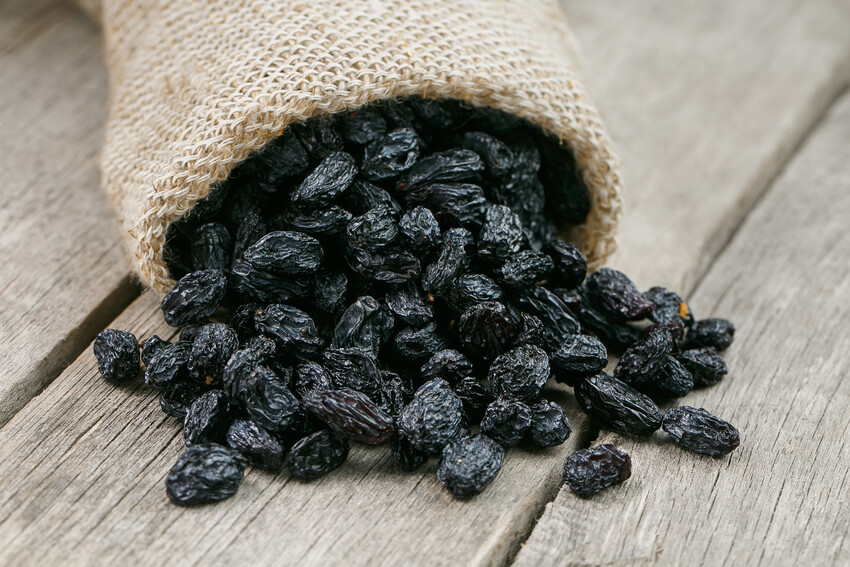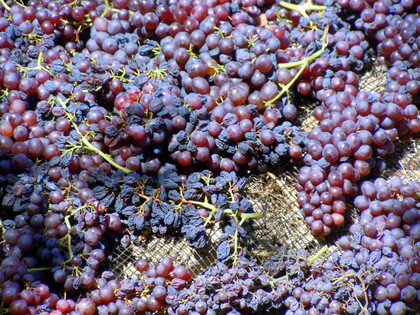


Currants
Traditional or ‘true’ currants grow on a bush, and come in black, red and white varieties. However, the currants more commonly used in baking are in fact, tiny varieties of dried grapes, known as Zante raisins or Zante currants to differentiate them from true currants. The
Greek island of Zante (Zakynthos) was a major exporter of these currants at this time.
FORMATS
- Whole dried
OTHER POINTS TO NOTE
COUNTRIES OF ORIGIN
- Greece
HARVEST
- August and September
VARIETIES
The Black Corinth grape is the main cultivar grown for currants, which is more often known by the name Vostizza Provincial is another small, dark grape variety which is commonly used.
NUTRIENT HIGHLIGHTS
Very low in saturated fats, with just 1% of the calorific value coming from fats Zero Cholesterol and low in Sodium 4% Protein A source of vitamin B6 A source of Fibre Key minerals include Potassium Copper and Manganese 94% of the calorific value comes from Carbohydrate, over 50% of which is from natural sugar
